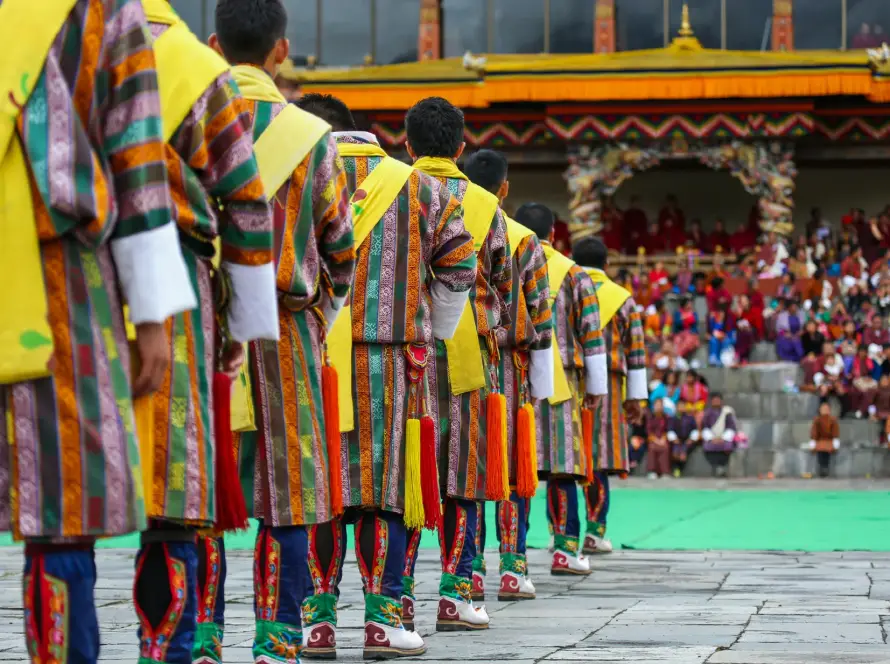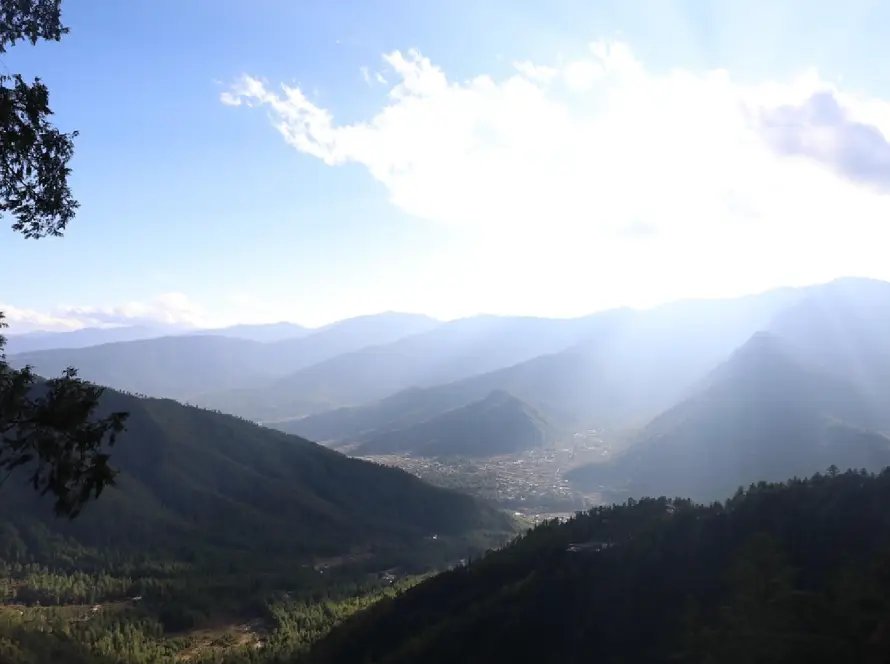Student – I seek freedom and wisdom, which I know cannot be found in wealth, luxury, or fleeting pleasures. If such things led to true insight and liberation from mental disturbances, then why would Prince Siddhartha have abandoned his opulent life? I wish to seriously begin my journey of discovery on an auspicious day and have decided on June 11, the day we commemorate the Buddha’s parinirvana. Could Lama share insights on the significance of this occasion and how to observe it in a way that deepens wisdom and leads to freedom? Thank you.
Master – Realizing that true freedom is not found in the material world and that samsara offers no lasting fulfillment is a profound step toward liberation. As the Buddha discovered, all compounded things are like castles made of sand: impermanent, fragile, and destined to collapse. Being attuned to this truth is to experience what Chögyam Trungpa Rinpoche called the ‘genuine heart of sadness.’
Trungpa Rinpoche called it sadness because it comes from recognizing that everything — relationships, achievements, even our own bodies — is impermanent and destined to dissolve. Yet, this sorrow is not a burden. Instead, it fosters clarity, deepens understanding, and sharpens resolve.
The Buddha‘s parinirvana, known in Bhutan as Duechen Nga Zom, is a significant festival observed on the 15th day of the fourth lunar month, which falls on 11 June this year. This day not only marks the Buddha’s parinirvana, but also the other four major events in his life: conception, birth, subjugation of negative forces, and enlightenment.
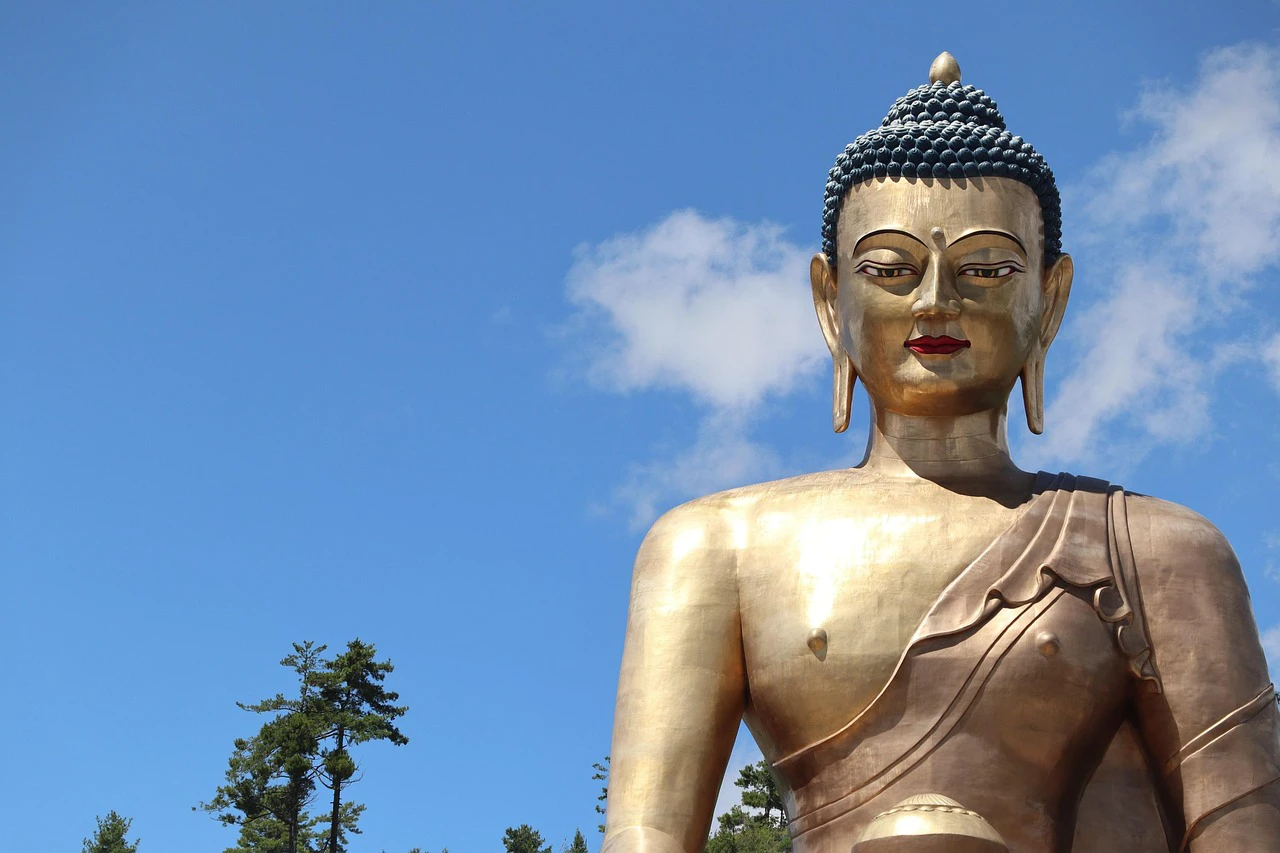
As this occasion honours the Buddha’s major life episodes, it offers a profound opportunity to reflect on his path to enlightenment and recognize our own potential for liberation.
The Buddha attained perfect enlightenment and transcended samsara’s illusion through one profound truth — he possessed basic goodness, known as Buddha nature. Yet this is not unique to him; it is the inherent nature of all sentient beings.
This core principle sets Buddhism apart from other religions. Rather than believing we are inherently flawed and venerating the Buddha as a distant, separate figure, we recognize that our original nature is pure and rooted in compassion, and that we have the potential to become Buddhas. Our minds and those of countless Buddhas are, in essence, the same.
By contrast, theistic religions emphasize devotion to a supreme being, with followers seeking heaven through prayer. Even if they attain their goal — rebirth in heaven — a divide remains between worshiper and worshipped. Buddhism, however, guides practitioners toward self-realization, leading to enlightenment and ultimately to buddhahood.
Now we may wonder how someone like us — grappling with pride, arrogance, anger, and desires — could possibly become a perfect being like the Buddha. The gap just seems too wide to make this plausible. The key to resolving this question lies in recognizing the true nature of our minds.

Our defilements — such as anger and arrogance — are not fundamental aspects of who we are. They are temporary constructed obscurations, like passing clouds that veil the sky. No matter how thick the clouds, the sky itself remains vast and untouched. Similarly, our Buddha nature is never tainted by afflictions; it simply awaits realization, which is the goal of practice.
In this respect, confidence in our innate and pure Buddha nature is essential. Without it, practice loses its power of liberation and becomes nothing more than a series of actions that rise and fall within samsara — leading only to fleeting, illusory states.
Furthermore, to understand how this potential unfolds in light of the Buddha’s life, we must ask what distinguishes samsaric activity from the path to awakening? Samsaric results are fabricated, while awakening is revealed.
Anything that is constructed or fabricated — whether a sandcastle, rainbow, human body, a universe, or a heaven — will inevitably disintegrate once the conditions that sustain it shift. Enlightenment, however, is not subject to impermanence because it is based on unconstructed Buddha nature. It is not something fabricated but rather something that has always existed, waiting to be uncovered.
Just as clouds may obscure the sky but never alter its vastness, enlightenment remains ever-present — concealed by ignorance yet untouched by it.
How can we be sure that defilements are not part of our true nature and can be removed? Take anger as an example. If it were intrinsic to who we are, then a wrathful person would remain angry from birth until death, but he doesn’t. Even the most violent person experiences moments of peace and glimpses of kindness. This proves that anger is not an inherent trait but a temporary condition.
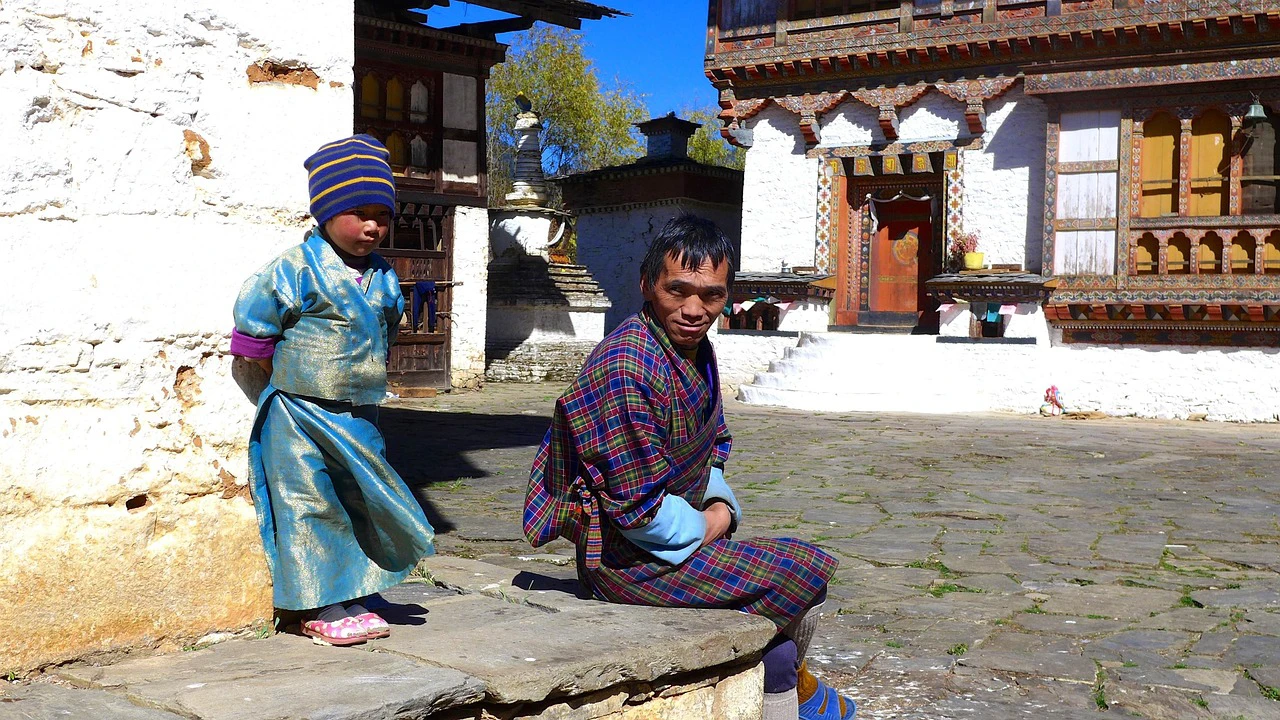
In this way, defilements are much like mud on a diamond — impurities may obscure its brilliance, but they never penetrate the gemstone and alter its essence. A gemologist, knowing this, simply washes away the dirt to reveal its natural radiance. Likewise, understanding that our Buddha nature remains untouched by negative action, a Buddhist applies skillful methods to clear away obscurations — allowing the innate purity of their mind to shine through.
Methods for doing this often include accumulating merit and cultivating wisdom and compassion — practices we traditionally engage in by visiting lhakhangs on auspicious days such as Duechen Nga Zom.
At other times, we may use yidam visualization, embodying the form of an enlightened being to familiarize ourselves with the idea that we are inherently pure. This image is then dissolved, serving as a powerful reminder that no form — however sacred — exists in a solid, permanent state. Through these practices, we remove obscurations and awaken to the ultimate nature of reality.
I wish you well on your journey of discovery and leave you with a timeless teaching from the great masters: “Remain a seeker, never a finder.” The moment you believe you have attained understanding, you risk becoming stuck — trading openness and fluidity for arrogance and stagnation. Stay curious and humble, keep questioning, and let your path remain ever-evolving.
Finally, if you follow the Vajrayana path that we practice here in Bhutan, it is essential to have a Tsawai lama (The right teacher/ master for you).
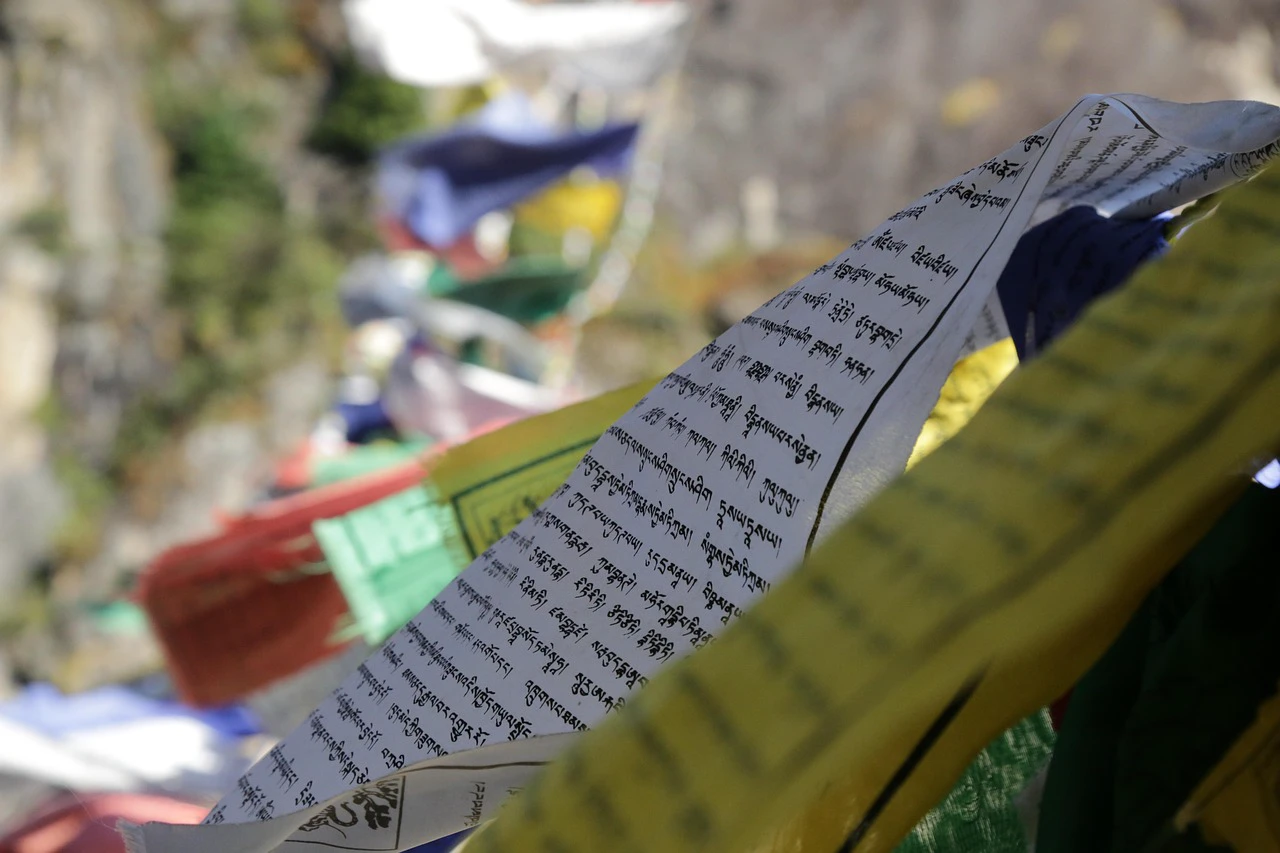
In this degenerate age, many Dharma teachers seek power and wealth, indulging students’ egos to gain favour. True masters, guided by the bodhisattva mind, will be rare but steadfast — unconcerned with fame or gain, and at times tough and uncompromising in their commitment to awakening others.
Therefore, carefully analyze any teacher you feel drawn to. Ensure they belong to an authentic lineage and are respected by other esteemed masters. In Vajrayana, taking a teacher is not optional — progress on the path cannot occur without it.
How can one find a genuine teacher? Make aspirational prayers for this to occur and generate merit, as everything — from our perception of the world to our ability to practice and understand the teachings — depends on merit.
On the sacred occasion of the Buddha’s parinirvana, I therefore encourage you to engage in meritorious deeds dedicated to your spiritual journey. At the same time, recognize that all beings — from the smallest insect to the most powerful leader — share the same longing for freedom.
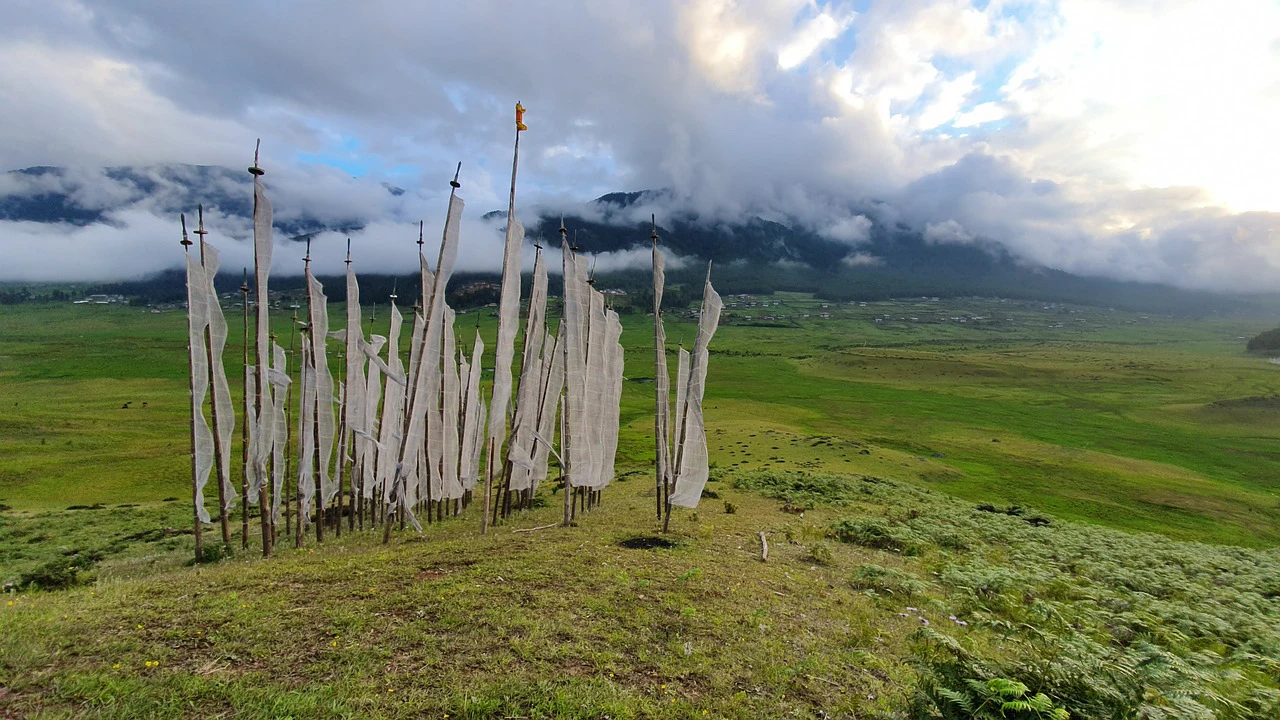
With this in mind, your dedication of merit should not be for yourself alone but for all sentient beings. In doing so, you extend the aspiration for liberation far beyond yourself, embracing the boundless mind of bodhichitta, which is at the heart of the Dharma and the driving force for practice.

